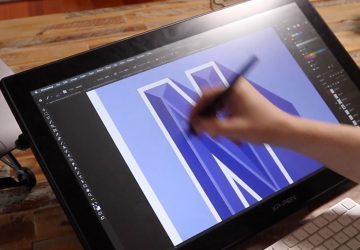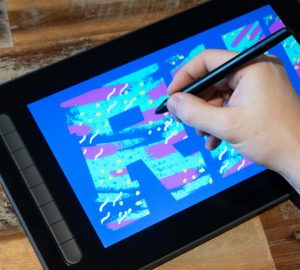Over the past 10 years, I have seen that the way someone can learn graphic design has dramatically changed. I first began to notice this around 2010, not long after I graduated from university. At the time it was commonplace for people to become graphics designers through traditional education routes; which basically meant going to university after completing high school.
Around 2010 with the internet maturing and reaching its full potential, I noticed there was a rise in online resources, with tutorials available at the click of a button. This inspired me to set up my YouTube channel shortly after, in 2011.
With the rise of online academies, the plentiful tutorials online and access to amazing books and resources, one no longer needs to undertake the traditional and expensive route of formal education to become a graphic designer.
Today, I believe it is possible to realise your creative potential and become a graphic designer without formal education. Though when one does undertake their own path and chooses to self teach graphic design, or anything for that matter, soon the questions arise;
When do I actually become qualified?
When do I become a Graphic Designer?
In this article, I will be answering a question from Beenii Bee, who asks:

“How much time do we need to become a Graphic Designer?“
Now before we get into specific times, I just want to say:
It can take months to become a graphic designer, it can take years to become a good designer, but it takes a lifetime to become a great designer.
As I have said in the past, creativity is a journey, not a destination. However, it does not take a lifetime to get to grips with what you need to know to put you in good stead to become proficient and start a career in design.
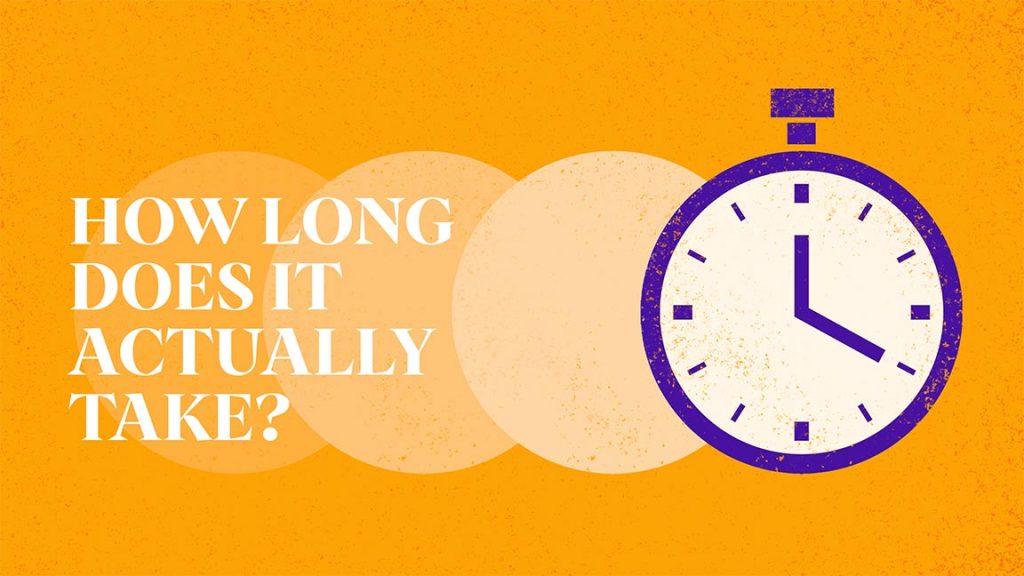
So let’s get practical for a second.
How long does it actually take?
Well having thought about this for a while, I came to the conclusion that for one to become a graphic designer really depends on two things.
- The time it can take you to learn the basics, gain practical experience and become proficient with visual elements and design principles
- The time it can take to build a body of work to demonstrate to a client you are worthy to be paid
In this article, I am going to talk about these two things, as they’re really all you need to become a graphic designer.
Now while I’ll also discuss time, I won’t be giving you specific times. Alternatively, I will try and help you focus on the things you can do and focus on in order to speed up your progress. This way you can effectively feel more confident in your progress in your design career, if this is what you wish to achieve.
So, how long does it take to learn the fundamentals?
Now when one undertakes the formal education route, one may study at university or college for a number of years, typically 3 to 4, and upon graduation will receive their qualification. Perhaps at this point they will feel they are a graphics designer. Personally, I don’t think it takes 3 years to learn the fundamentals.
My advice to anyone starting out is to familiarise yourself with the fundamentals of design; the visual elements and design principles. Gaining a good understanding and practical experience with both will put you in good stead for further learning. If you’re unfamiliar with the these fundamentals are, they’re composed of:
Visual elements
- Line
- Colour
- Shape
- Texture
- Space
- Form
- Typography
Design principles
- Contrast
- Hierarchy
- Alignment
- Balance
- Proximity
- Repetition
- Simplicity
- Function
In essence, visual elements are the ingredients that make up every visual design and design principles are the theory of design and how you use the ingredients (visual elements) in a composition. Having a good understanding of visual elements and knowing how to use them (design principles) will help you create well considered, legible and appropriate design.
If you’re an aspiring designer and simply jumping into using creative software tools, making it up as you go along and copying everything you see, you’ll make progress, but it will be slow.
Instead, try to focus and understand what is happening in what you see, in everything you see, instead of imitating it. Don’t just look – try and understand.
When you see something, ask yourself why? Why did they use that colour, that shape and form, that typeface, that combination, that texture? How does it make you feel? Ask yourself, do you think it is doing a good job at communicating the right message and tone appropriately?
Graphic design is all about visual communication and decision making. Designers will put a lot of thought into the visual elements they use and the design principles they execute, to communicate a particular message or look and feel.
If you can understand well, then you can interpret well, which means you too can make good design decisions.
Now, you could spend a few hours reading up about visual elements and design principles, but that won’t necessarily make you a graphic designer. You would, however, be on the first step on the right track.
Next, you’ll need to take time to practise and gain experience developing your skills with design principles using visual elements before you feel confident. Everyone’s journey is different and not everything will take the same amount of time. Now, this doesn’t have to take years, but it does take time.
Like anything in life, with practise comes experience and with experience comes proficiency. With proficiency comes skill and with skill comes a career path.
This is where you want to be. You want to have the skills to have a career path.
Now once you know all about graphic design and can answer all the questions about it, are you a graphic designer? Perhaps you could call yourself a designer, but ultimately I’m sure many of you want to be paid to be a graphic designer. Which brings me to the next point.
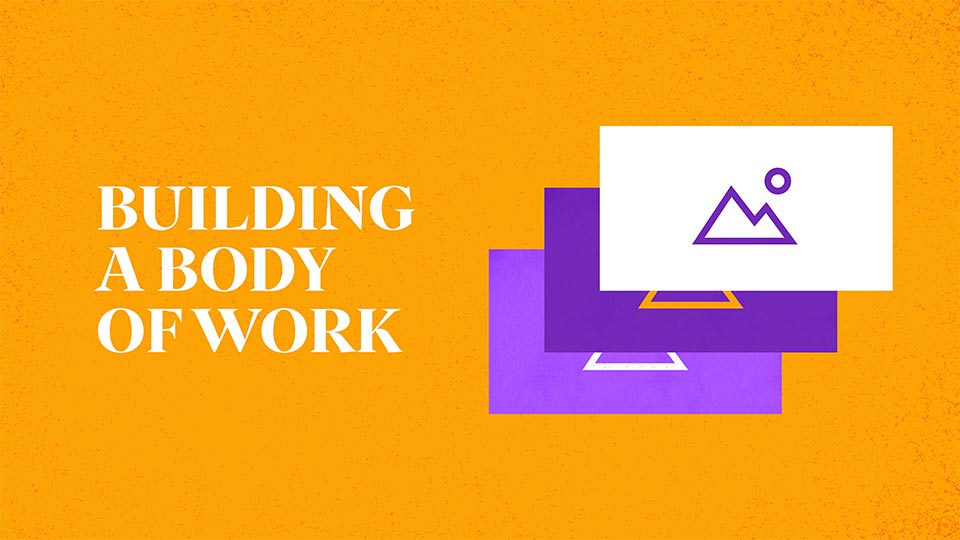
Building a body of work
Now, it can also be said that the time it takes to become a graphic designer is the time it takes to build a body of work, which will ultimately get you that first job. At college or university you are spending all your time developing and creating work which will ultimately be your foot in the door upon graduation.
As they say, you’re not a professional until you start getting paid for it.
If you are going down the self taught route, then you will really need a portfolio of work to demonstrate you have the skills necessary for clients to pay you. Now, ideally you are going to need at least 3 to 4 good projects to show skill and consistency of skill to impress and convince a client you have what it takes to get paid to do their work.
This is really the part that takes the longest. The good thing about formal education is that you will be provided with design briefs which will give you direction, focus and set goals to create work around.
If you are choosing to self teach, then you may be wondering where to start? Thankfully there are some good books out there with design briefs that can encourage you to test your skills and set yourself goals to build work around.
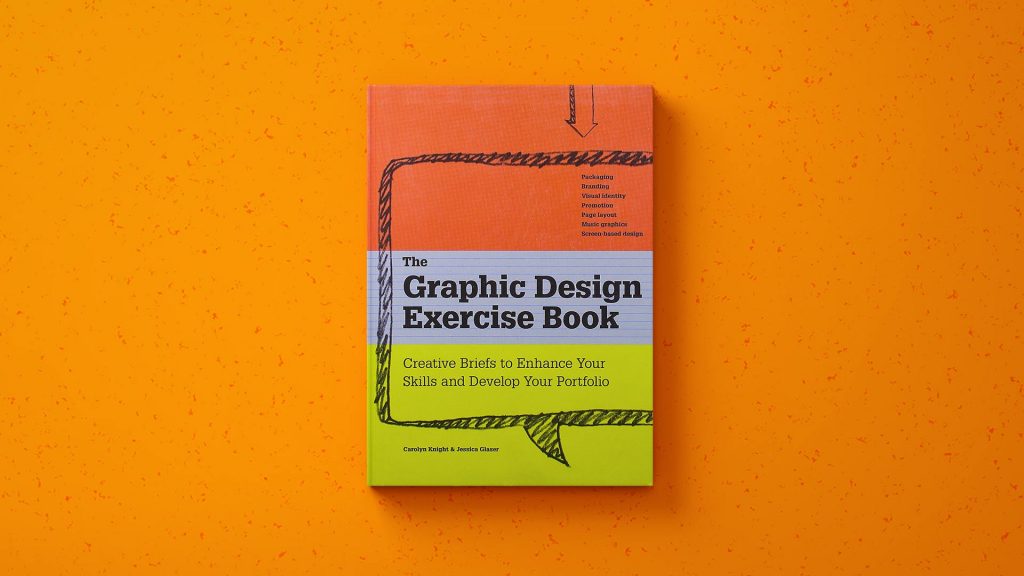
Books like these will offer fictional briefs, which will give you focus and something to work to. By tackling multiple exercises, you will start to build a body of work you can use to gain more professional work.
To Conclude
So, if you’re wondering how long it takes to be a graphic designer, remember there are two things to consider. I’d say, to be a graphic designer it will take;
- As long as it takes to become familiar with the fundamentals
- As long as it takes you to build a body of work
If you’re an aspiring designer and want a career in graphic design, those are the two things I advise you to focus on. Ultimately, everyone’s journey is different. I don’t think it takes three years to become a graphic designer. With determination, dedication, consistency and practise, you can learn the fundamentals, incorporate them into your design and build a body of work over a period of a couple of short years. Once you have these in place, you can then start to apply yourself in a professional capacity.
So, do you agree with my answer? Do you have anything else to add for those wanting to learn more?
Share your thoughts in the comments section and if any of you have any other questions regarding design be sure to pop them in the comments or email me at creative@garethdavidstudio.com and I’ll look to get back to you with a thorough answer.



